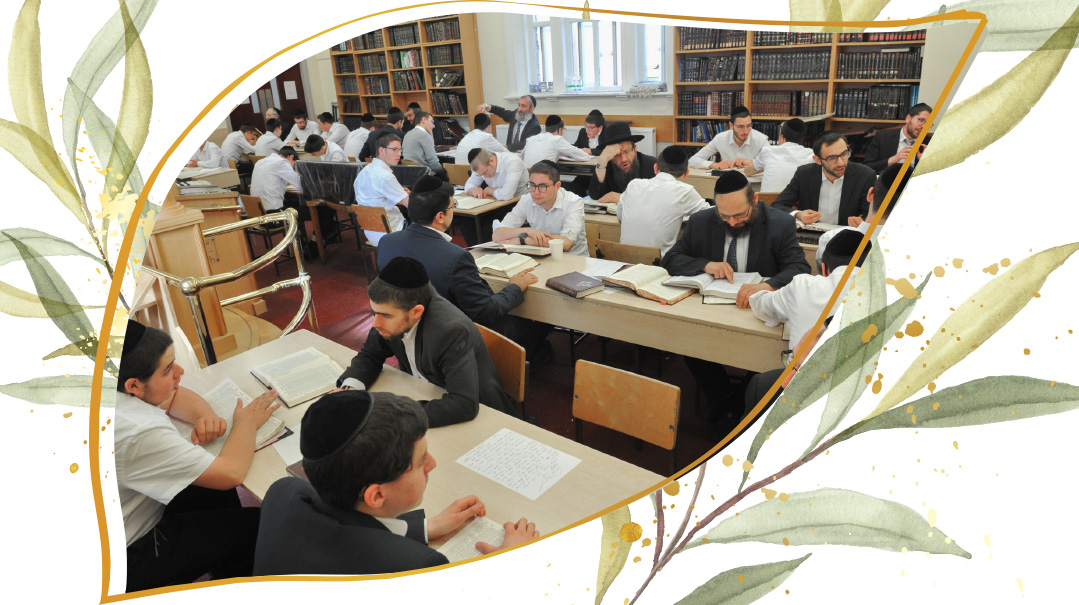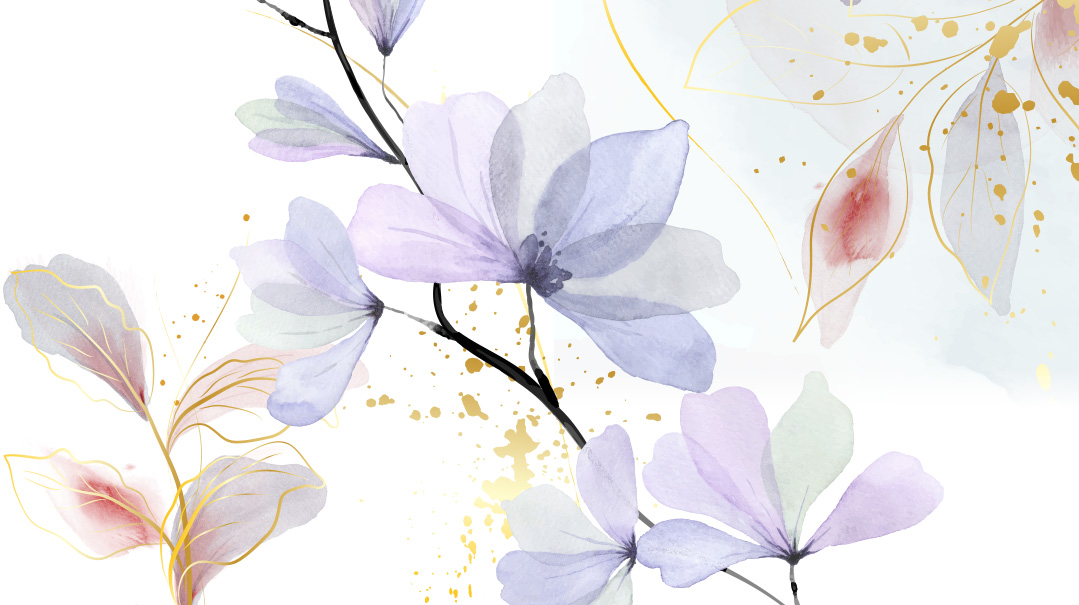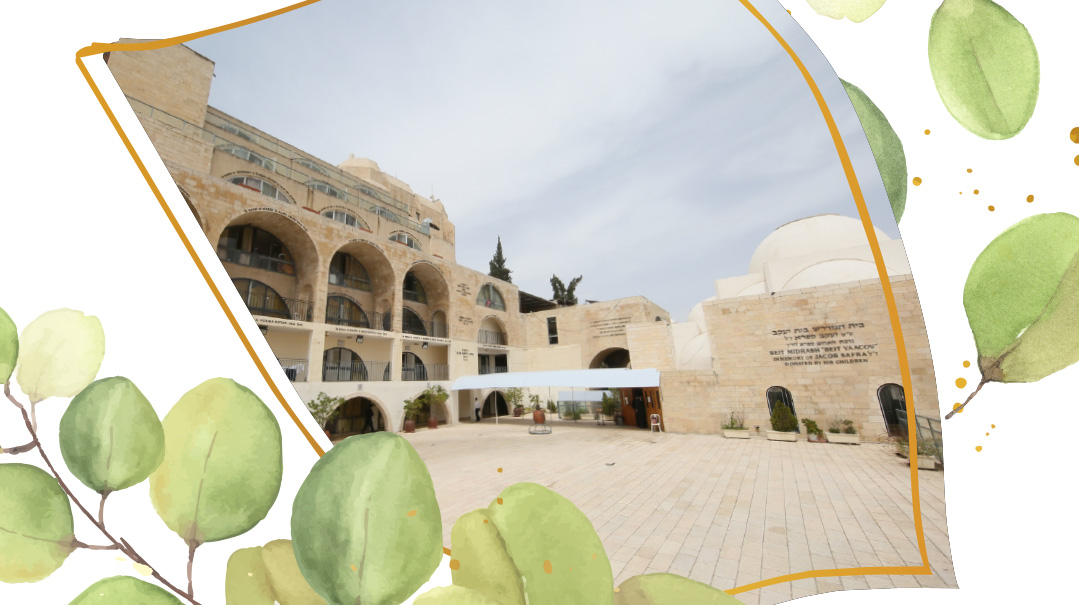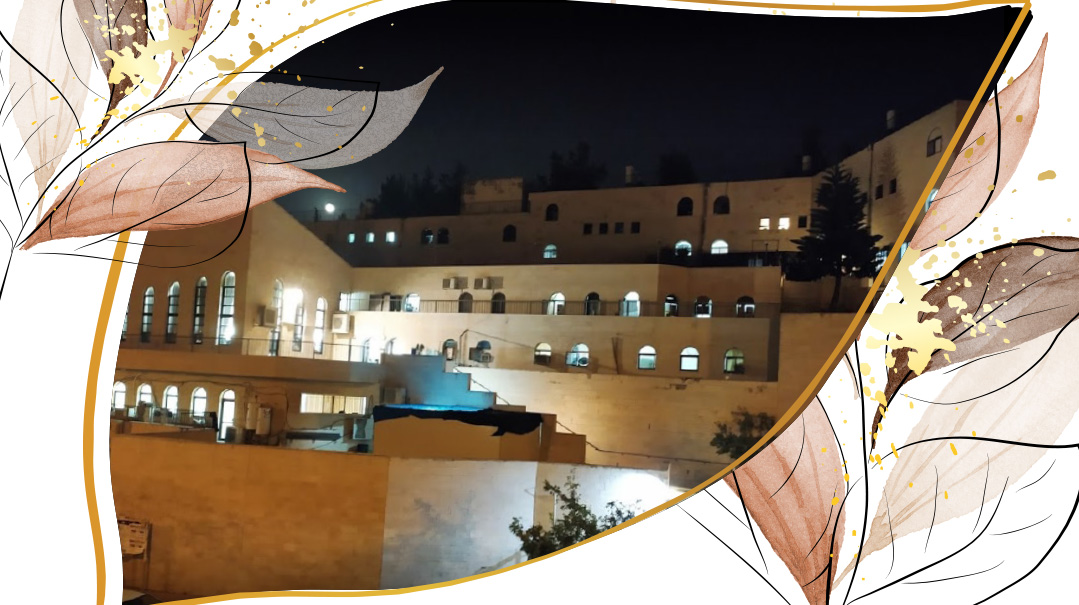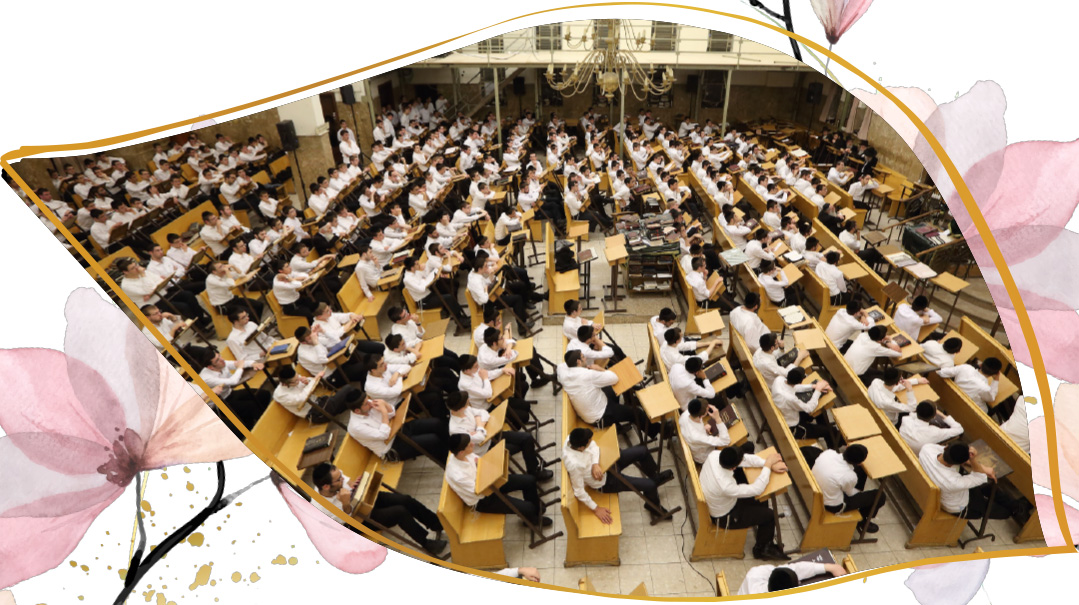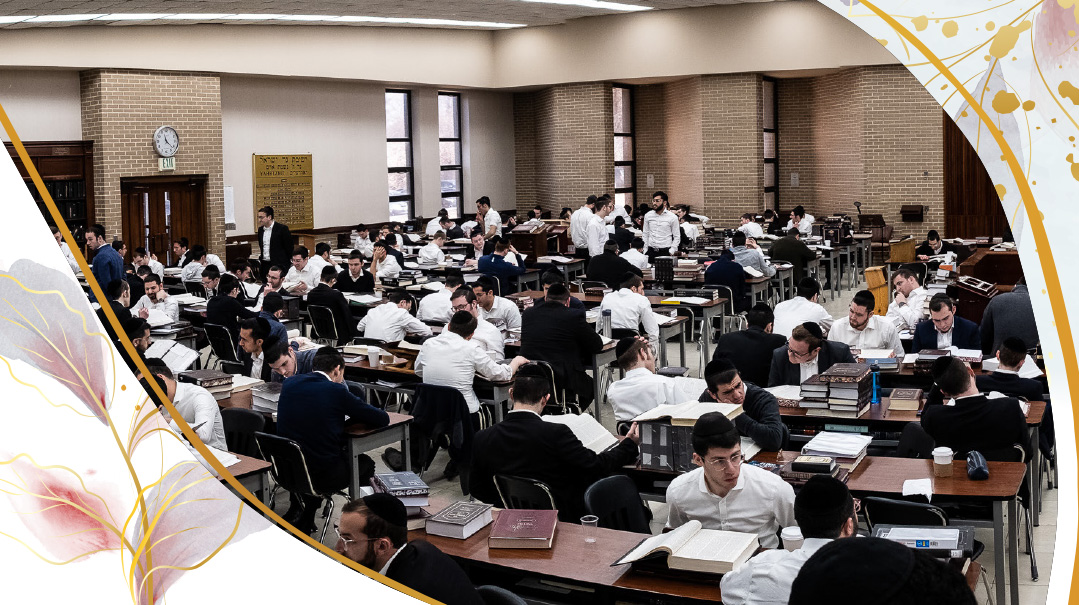What’s at the Center: Bais Moshe, Scranton
| May 31, 2022I grew up in yeshivah. My earliest memories involve our family — including my married sisters — sleeping in the yeshivah once a month

IN 1965, my parents, together with Rav Chaim and Rebbetzin Bressler, moved to Scranton, Pennsylvania. They came from Lakewood, where my father had been learning under Rav Aharon Kotler. Their goal: to start a yeshivah in a very small frum community, next door to the local day school.
At its inception, the yeshivah began with beis medrash and ninth grade. Over the years, it slowly grew, as more intrepid families began moving out of town to learn and teach Torah.
In 1976, the yeshivah bought its current campus, located in the former St. Mary’s hospital on Scranton’s South Side, 1.5 miles from the frum community. Legend has it — Wikipedia confirmed — that President Joe Biden was born in Room 12 (or was it 11?).
All this was before my time. By the late 70s and early 80s, the yeshivah was thriving, with about 120 bochurim and seven families in kollel, including my two oldest sisters.
I grew up in yeshivah. My earliest memories involve our family — including my married sisters — sleeping in the yeshivah once a month. The policy at the time was that the rebbeim would spend one Shabbos a month with the bochurim, and if their young families couldn’t make the trek over the highway (there’s no eiruv between the frum community and the yeshivah), they’d sleep over in the dorms.
It’s not as bad as it sounds. Scranton has two buildings. The main building houses the beis medrash and classrooms, kitchen and dining room, high school dorm, and the former nurses’ quarters, known as the “annex.” The second building held the dorm and, on the ground floor, Scranton’s only kosher grocery, though that came much later. We slept in the annex, where the rooms were marginally nicer than your typical dorm room and the bathrooms weren’t dorm bathrooms.
I lived for that monthly Shabbos in yeshivah — a big sprawling building (to my five-year-old eyes anyway), nieces and nephews to play with, and all the bochurim to annoy. We didn’t always bother them, however. As the baby of yeshivah, I was the favorite.
As I grew older and appreciated what it meant as a makom Torah, yeshivah became more and more meaningful. I began to anticipate the zemiros, which I could hear from my bedroom on those monthly Shabbosim, and I looked forward to waking up to the sounds of tefillah. I felt proud when I peeked into the beis medrash and saw all the chairs taken by young men engaged in the michamtah shel Torah.
Davening in yeshivah on Rosh Hashanah and Yom Kippur was so beautiful, I still miss it over 20 years later, and I’m not the only one. Hundreds of alumni come back for the Yamim Noraim each year, many staying in a hotel a few blocks away and eating the seudos in yeshivah. We were also there for the Purim Seudah, danced home by the bochurim who begged my father for one last shtickel Torah and my mother for a brachah.
But the highlight of the year was, and has always been, Simchas Torah. That’s when we still come back to yeshivah — almost all my siblings, with their families (children and grandchildren), as well as some alumni who have become family. We all stay in the dorm now, as there are very few rooms in the annex, eat in the main dining room, and soak in the atmosphere of yeshivah.
Watching the dancing is payment for an entire year of working to support my husband in learning. The ahavas haTorah is tangible, and the impression stays with me and propels me forward through long days when I’m tired and overwhelmed and the last thing I want to do is go to work. And while my kids start out loving the family time and the pekelach, as they grow older, they appreciate Simchas Torah in yeshivah for the same reasons I do.
In addition to my husband, who’s a product of Scranton, what the yeshivah gave me is a derech hachayim. I grew up surrounded by Torah, feeling special because of my connection. Seeing the yeshivah in action, watching the boys daven and learn and grow into solid bnei Torah, listening to shmuessen from my father and Rav Bressler, anchored the way I live, with Torah at the center.
There’s much I don’t have and cannot do because of the life I’ve chosen — most of the magazine ads are not even in the realm of possibility for me — but I don’t feel deprived. My life is rich in Torah, and I wouldn’t want it any other way.
At a Glance
Yeshiva Bais Moshe of Scranton, Pennsylvania was founded in 1965 by Harav Yaakov Schnaidman and Harav Chaim Bressler, both talmidim of Harav Aharon Kotler. Recently, they’ve been joined in the hanhalah by the next generation, Rav Chayim Schnaidman and Rav Nachman Pritzker.
There are currently about 120 bochurim in the high school and beis medrash, as well as a thriving kollel.
(Originally featured in Family First, Issue 795)
Oops! We could not locate your form.

